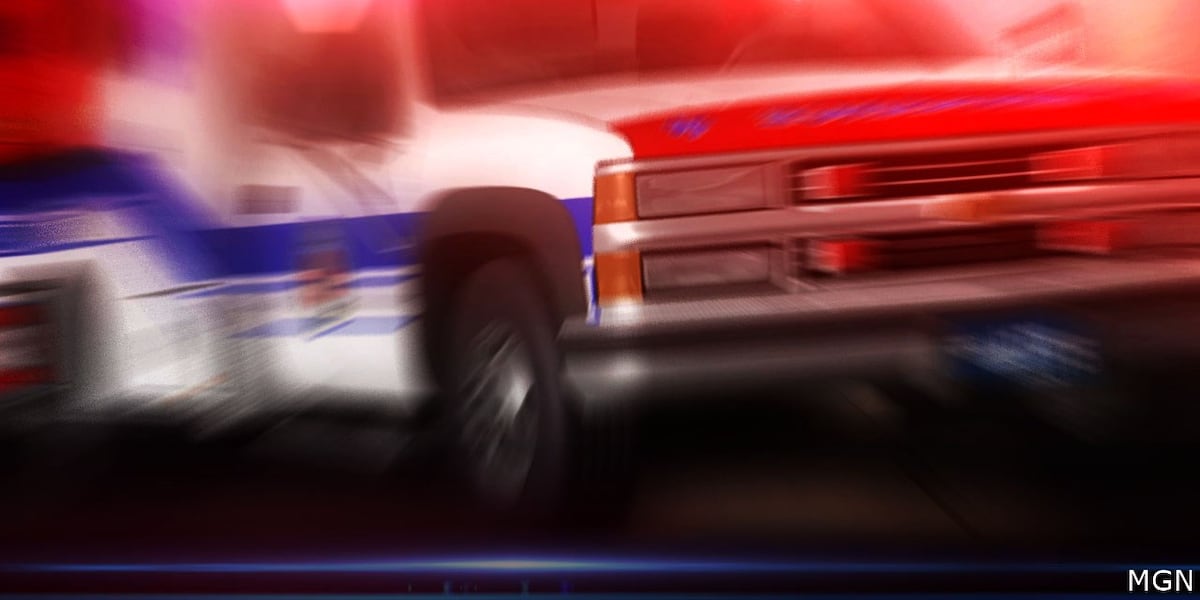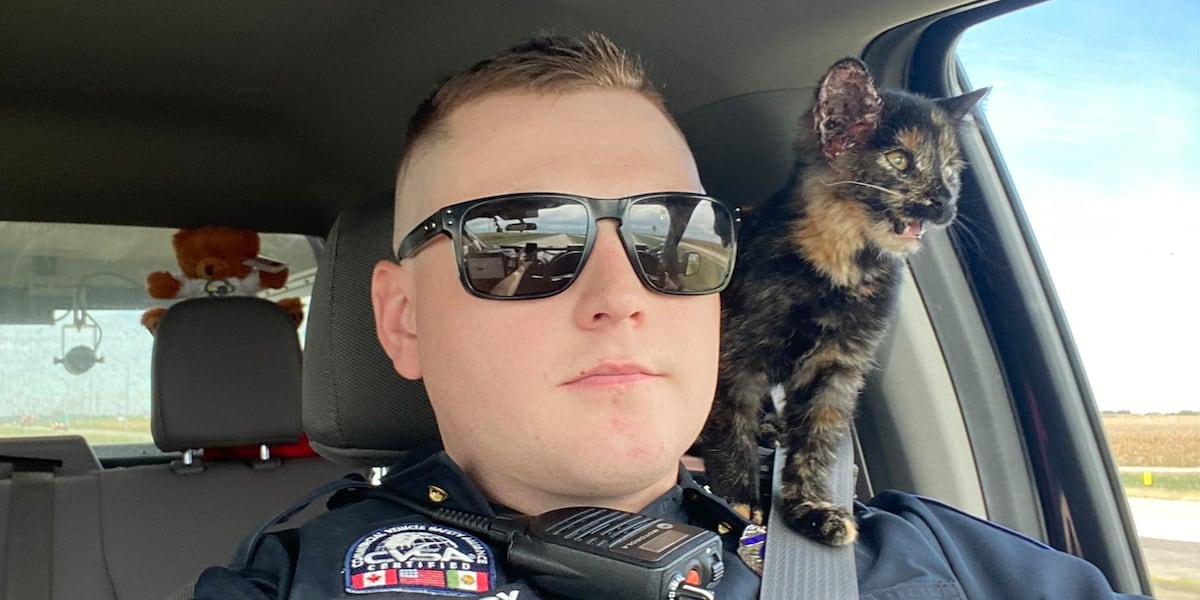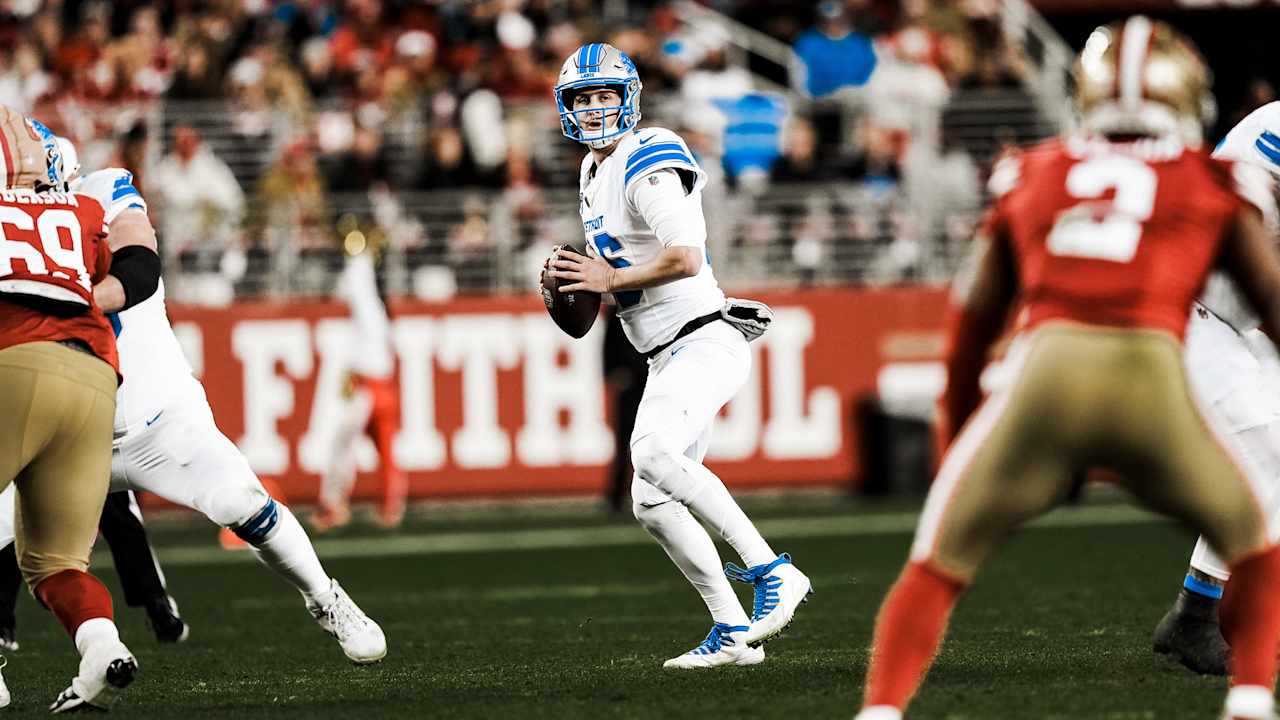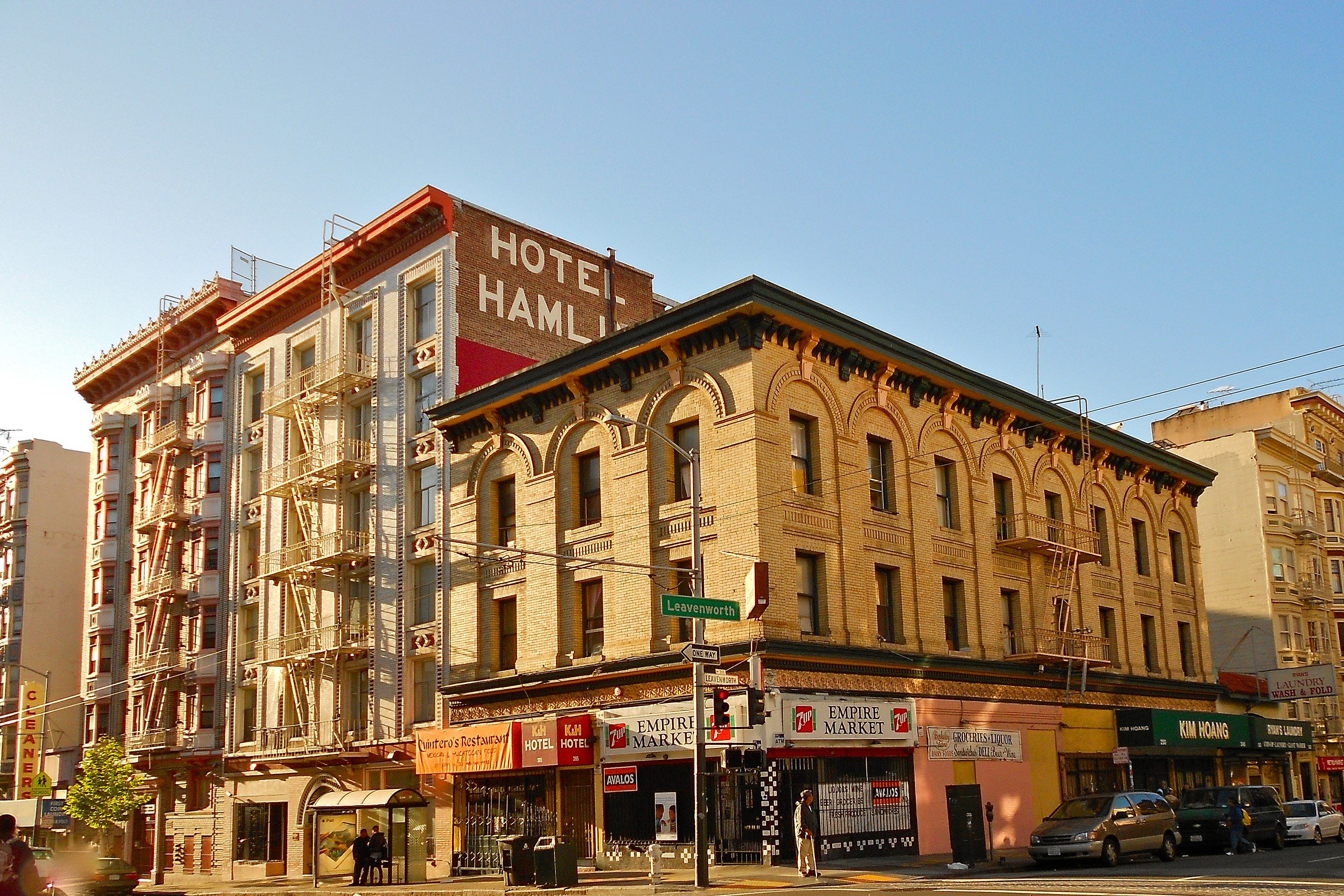Nevada
Nevada State Police looking for driver in deadly hit-and-run on Cheyenne near I-15
/cloudfront-us-east-1.images.arcpublishing.com/gray/DGK7E4O7ABB43CPGLTPHH2CH4I.png)
LAS VEGAS, Nev. (FOX5) – UPDATE: Nevada State Police report that a girl under the age of 18 was killed and police are still looking for the driver of the silver SUV with damage to the right side.
Nevada State Police are looking for a driver involved in a deadly hit-and-run crash on Tuesday.
According to a social media post, the crash happened on eastbound Cheyenne Ave. over the I-15. Police said that traffic is being diverted onto Losee Rd.
“This crash is a hit & run and we are asking for the public’s help!” the post stated. “If anyone has any information or video footage of the crash please call *NHP.”
In a follow-up post, NSP said that the suspect’s vehicle is silver and has damage on the right side. It was last seen driving eastbound on Cheyenne Ave.
This story will be updated as more information becomes available.
Copyright 2023 KVVU. All rights reserved.

Nevada
'I’ve got to start over': Nevada, Missouri, residents rebuild after tornado

NEVADA, Mo. — The maintenance person for Nevada Oaks woke up to a nightmare.
“I woke up to my alarm, and three seconds later, my windows were rattling. It blew me 4 feet up in the air and threw me 6 feet across the room,” said the employee, who preferred not to share his name.
The roof of his studio is gone, just like it is in other apartments on the property.
All his belongings are now exposed to the weather, and tonight, he will sleep at a friend’s house.
According to the owner of Nevada Oaks, his employee is the only person who got hurt because of the EF1 tornado that moved through Vernon County.
While dealing with minor injuries, he will have to rebuild his whole world.
“In the blink of an eye, it’s gone. It feels lonely and scary, but I’ve got to start over,” he said.
But he was not the only one to see memories blowing away.
Less than two miles away, brothers Rilen Livengood and Brantley Stroud are also putting the pieces together.
Their family’s storage space was tipped over to the side. That’s where they keep cherished memories of late family members, including their dad.
Livengood said they were looking for pictures in the backyard while it was still storming.
KSHB
“Seeing all those photos out on the ground while it’s raining and all those photo albums, it’s kind of heartbreaking because some of those things we can’t replace,” Livengood said.
They woke up to the wind opening their house’s door.
“It’s scary; it knocked me onto the floor. I didn’t really know what to do,” Livengood said.

KSHB
“My heart was racing,” Stroud said. “I was also worried about my family and my neighbors.”
In the rain, they knocked on their neighbor’s door to make sure everyone was okay.
“It feels like a tragedy. But also, I’m glad that everyone is okay; that’s all that really matters. These houses can be rebuilt, but lives can’t.”
—
KSHB 41 reporter Fe Silva covers education stories involving K-12. Share your story idea with Fe.
Nevada
3 countries, 2 continents: Where local high school alums are playing pro baseball in 2025

Professional baseball is underway, and there are several players who competed in high school in Northern Nevada and are now in pro baseball.
Here is a look at where they will be playing to start this season.
This is only the players who attended high school in Northern Nevada and does not include Nevada Wolf Pack players.
Northern Nevada high school alumni in pro baseball
- Drew Anderson: (Galena), RHP, playing in Korea with SSG Landers
- Ryan Anderson: (Spanish Springs), LHP, New York Yankees organization, at Triple-A Scranton/Wilkes Barre RailRiders
- Jace Avina: (Spanish Springs), OF, New York Yankees organization; will start in High-A with Hudson Valley Renegades
- Jadon Bercovich: (Damonte Ranch) RHP, with Tampa Bay Rays organization; in Single-A with Charleston RiverDogs
- Christian Chamberlain: (Reno High), LHP, Kansas City Royals organization; Missed last season with UCL injury, is with Triple-A Omaha Storm Chasers, will start season on 7-day injured list
- Gunner Gouldsmith: (Reno), 2B, Sacramento A’s organization, assigned to Arizona Complex League Athletics
- Skylar Hales: (Reno), RHP, Rangers organization, in Double-A with Frisco Roughriders
- Garrett Hampson: (Reno High), Utility, Arizona Diamondbacks, is with the Diamondbacks to start this season after signing a minor league contract with Arizona in January
- Ray Kerr: (Hug High) LHP, In Atlanta Braves organization; had Tommy John surgery last season; with Triple-A Gwinnett Stripers, on 60-day injured list
- Carson McCusker: (Spanish Springs), OF, Minnesota Twins organization; with Triple-A Saint Paul Saints
- Connor Noland: (attended Bishop Manogue): RHP, Chicago Cubs organization; with Triple-A Iowa Cubs
- Robby Snelling: (McQueen), LHP, Miami Marlins organization, will start in Double-A with Pensacola Blue Wahoos
- Joe Wieland: (Bishop Manogue): RHP played with the Olmecas de Tabasco of the Mexican League last year, with Uni-President 7-Eleven Lions of the Chinese Professional Baseball League
Nevada
Nevada governor calls for more affordable housing for ‘missing middle’ households

Gov. Joe Lombardo called on industry leaders’ support in getting his housing bill through the Nevada Legislature one day before its scheduled first public airing in front of lawmakers.
Arguing that a supply issue is behind the challenge of affordable housing for Nevada residents, the Republican governor, home builders and tradesmen introduced key elements of Assembly Bill 540 during a Tuesday press conference at Heirloom at Pebble, a 55-plus, income-restricted apartment complex Ovation Development plans to open next month in Las Vegas.
Steve Aichroth, administrator of the Nevada Housing Division, said the agency has seen firsthand the challenges facing affordable housing development.
“The housing division occupies the space where developers, absent financial assistance, cannot — literally cannot — develop because the deals don’t pencil,” Aichroth said. “When the deals don’t pencil, stuff like this just does not get built.”
Proponents of AB 540 contend the bill would make housing more affordable for the “missing middle,” households who can’t afford to buy a home but don’t qualify for affordable housing units. The bill proposes allocating $250 million in state funds for “attainable housing” projects, expanding the definitions of affordable housing to allow it to benefit people with up to 150 percent of area median income, reducing prevailing wage requirements to preferences and expediting processing for attainable housing developments, among other policy proposals.
“These essential workers are education, public safety and healthcare leaders in our community, and they deserve access to affordable and attainable homes in the very neighborhoods they serve,” Lombardo said.
Jess Molasky, chief operating officer of Ovation Development and Management Group, said the governor’s staff spoke to the general contractor and apartment management company and others in the industry to develop their proposal.
“Unlike deeply subsidized housing, market-rate apartments are scalable, sustainable and flexible. They don’t require years of layered financing or depend on limited public subsidies. They can get built and fast,” Molasky said, adding the bill’s Attainable Housing Account could help restart projects that have stalled because of rising interest rates and construction costs.
Lombardo also said he’s working with the federal government to establish what federally owned land could be released for more development. He said he expects to have a memorandum of understanding by May 1 that will allow the Bureau of Land Management to identify that available land.
Assembly Democrats highlighted their own housing proposals in a press conference Thursday, including bills reforming summary eviction, limiting rent increases for seniors and Social Security users, setting transparency requirements in rental agreements and others.
At the press conference, Lombardo said he continues to “hold the line” against policies like rent control and other bills with the same language as ones that were vetoed in 2023.
He also said that “out of state investors” — an issue he mentioned in his State of the State address in January – had to be addressed through other legislation. Lombardo said he was aware of some bills that could address that. Senate Bill 391, sponsored by Dina Neal, would limit the number of housing units a business could purchase in a year to 100.
“Housing is one of the most critically important issues to Nevadans right now,” Speaker Steve Yeager, D-Las Vegas, said in a statement Tuesday. “I look forward to learning more about the long-awaited Governor’s housing proposals tomorrow evening and continuing to collaborate on all things housing with both the Senate Majority Leader and the Governor, including working to ensure that those who are currently housed aren’t abruptly and unfairly evicted.”
AB 540 will have its first hearing at 5 p.m. Wednesday in the chamber’s Commerce and Labor Committee.
Contact McKenna Ross at mross@reviewjournal.com. Follow @mckenna_ross_ on X.
-

 News1 week ago
News1 week agoTrump Is Trying to Gain More Power Over Elections. Is His Effort Legal?
-

 News1 week ago
News1 week agoWashington Bends to RFK Jr.’s ‘MAHA’ Agenda on Measles, Baby Formula and French Fries
-

 News1 week ago
News1 week agoCompanies Pull Back From Pride Events as Trump Targets D.E.I.
-

 World1 week ago
World1 week agoAt least six people killed in Israeli attacks on southern Syria
-

 Technology1 week ago
Technology1 week agoTrump officials planned a military strike over Signal – with a magazine editor on the line
-

 Technology1 week ago
Technology1 week agoThe FBI launched a task force to investigate Tesla attacks
-

 World1 week ago
World1 week agoNo, Norway and Sweden haven't banned digital transactions
-

 Culture1 week ago
Culture1 week agoAnalysing Jamal Musiala’s bizarre corner goal for Germany against Italy




















